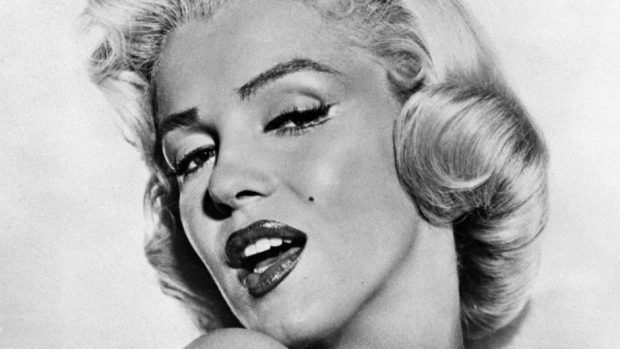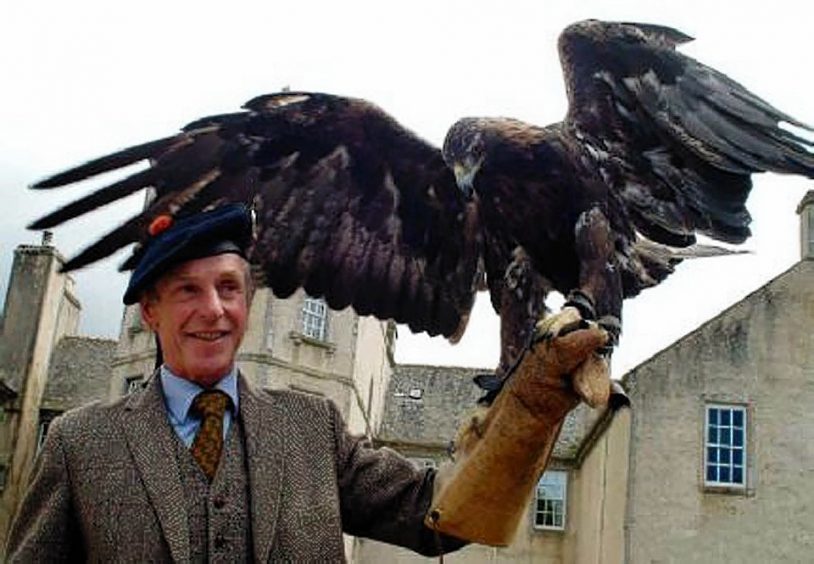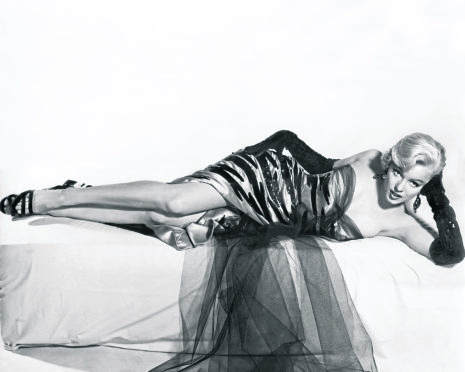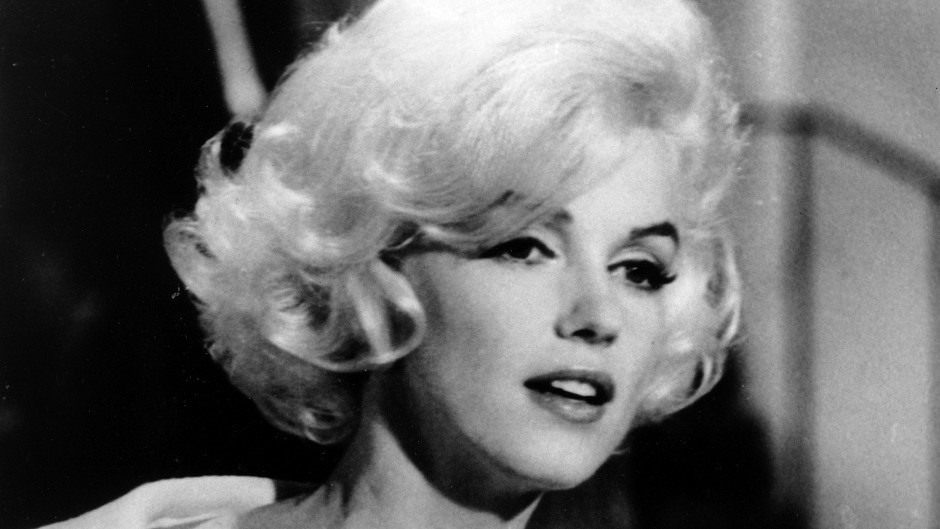New DNA evidence has proved beyond doubt that screen legend Marilyn Monroe has Scottish roots.
The movie megastar from the 1960s – who was controversially linked to US president John F Kennedy – has been confirmed as being a relation of a Munro family from Moray.
Hundreds of members of Clan Munro will hear of movie icon Marilyn Monroe’s Scottish kin during a Clan Gathering in the Highlands next weekend.
They will meet at Foulis Castle, near Dingwall, to be given an update on the latest discoveries in the clan’s DNA project.
Two years ago the project made an appeal for Scots clan members to help to confirm the Scots origin of Monroe’s ancestors.
Marilyn’s was born Norma Jeane Mortenson but took her screen name from her mother, Gladys Monroe.
Like many other American Monroes, Gladys could trace her father’s line back to John Munro, a prisoner of war exiled to America after the Battle of Worcester during the English Civil War in 1651.
 No Munro men who shared the same signature pattern of the male or Y chromosome had been found in Scotland, so the link to the Highland clan was uncertain.
No Munro men who shared the same signature pattern of the male or Y chromosome had been found in Scotland, so the link to the Highland clan was uncertain.
Now, the Clan Munro DNA project has finally proved that Marilyn’s forefathers were related to a Munro family from the Moray village of Edinkillie, near Forres.
Descendants of this Munro family, some of whom emigrated to the Bahamas in the 18th century, carry the unique Y chromosome marker previously found only in descendants of the exiled John Munro.
Another member of the Moray family, William Munro, emigrated from Scotland to Batavia, now Jakarta in Indonesia, in the early 19th century.
He married into a Dutch family and William’s descendant Roelof Zeijdel said “I was most proud to discover my clan Munro heritage, but very amazed that DNA could show also I was related to this big star that everybody knows.”
Previously the Munro DNA project found that US President James Monroe was of a different male line, most closely related to the Munros of Teaninich Castle in Alness.
Clan chief Hector Munro said: “At Foulis Castle, Munros whose ancestors travelled throughout the world, as well as those who stayed in Scotland, will be coming together to celebrate our shared history, heritage and traditions, whatever their genes may tell us.”

Margaret Bardin, volunteer administrator of the DNA project, added: “We are still on the lookout for men to join the project and help our members track down their Highland roots.
The Clan Gathering runs from next Friday, August 9, to the Sunday, August 11.
Elvis hailed from Scotland too
Marilyn Monroe is not the only American legend whose ancestry is said to hail from Scotland.
Author Allan Morrison, from Greenock, claims Elvis Presley’s roots can be traced back to the village of Lonmay, Aberdeenshire, in the 1700s.
His research shows the first Presley in America was an Andrew Presley, who is recorded as living in South Carolina in 1745.
Records show that his father (also named Andrew) was married in the town of Lonmay, Aberdeenshire in 1713.
The Presley roots in America could be traced right up to 1933, when Elvis’s parents married. The singer was born two years later.
Mr Morrison said he started looking into the Presley ancestry in 1998 after hearing rumours that he had Scottish links.
As well as Lonmay, Presleys were also found to be based in the nearby villages of New Deer, Old Deer and Tarves.
Scotland was also the location for The King’s only visit to the UK, a brief landing at Prestwick Airport in 1960.
There is also a village called Presley, south of Forres in Moray.

